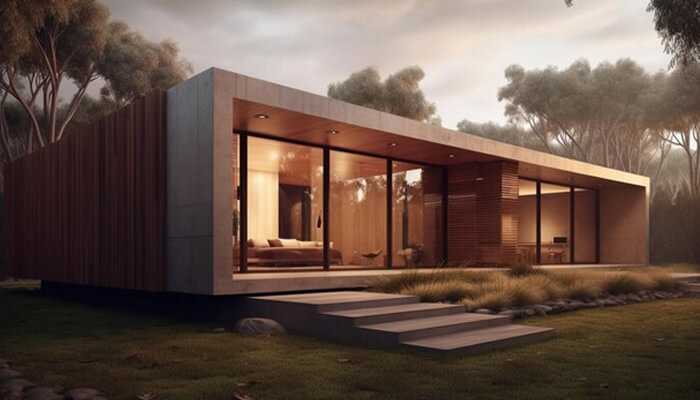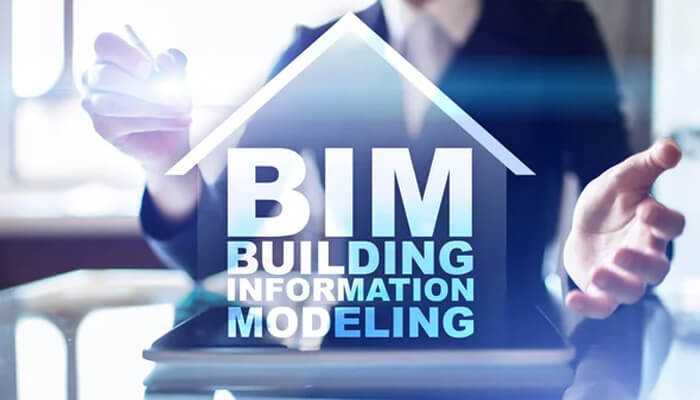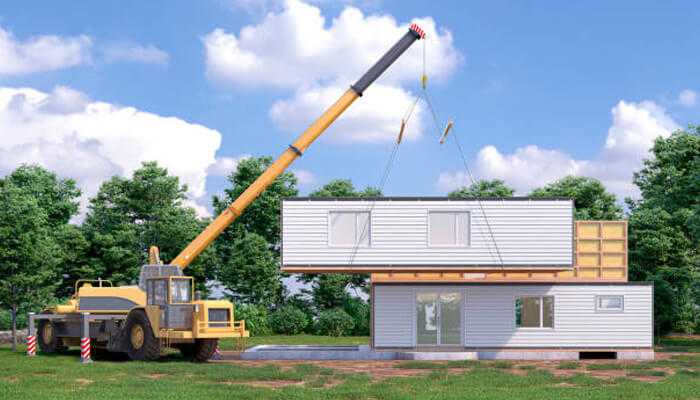In 2024 modular will change the construction industry. How does this benefit you and your projects? Modular construction is more efficient and reduces costs and build time, so you can build faster without compromising.
Imagine your next build being built in half the time with less hassle. This is the future. Advanced technology and streamlined processes are combined. Buildings are built quicker and more precisely, for everyone’s benefit.
You know the problems with traditional construction: long timelines, delays, and budget blowouts. Modular innovation solves these problems head-on, providing a smarter and more reliable solution. This means better project management and site safety, too.
History of Modular Construction
The journey of modular construction has come a long way from its humble beginnings to today’s modern methods. It’s now a major player.
Background
Modular construction started with post-war housing solutions, a quick and cost-effective way to rebuild. Initially, it was a simple functional design to meet the urgent housing need.
In the 60s and 70s companies started to experiment with more complex structures, which paved the way for better quality and design flexibility. But it wasn’t until the late 20th century that real improvements in materials and techniques started to appear and modular construction became attractive to other sectors.
Recent
In recent times, technology has transformed modular construction. Advanced materials and robotic assembly have increased efficiency and precision. Digital tools like Building Information Modeling (BIM) mean better planning and faster building.
And sustainability has taken center stage. Energy-efficient designs and eco-friendly materials are now standard in modular builds. This has reduced the environmental footprint and met the growing demand for green building.
Future
Ahead experts predict modular will continue to grow. 3D printing and smart materials will give us even more flexibility and speed. The industry will also move into new areas, more complex residential and commercial builds.
There’s a market for niche structures, like the modular classrooms offered by MPH Building Systems. This is the versatility of modular in meeting specific needs. Expect more tech companies and construction companies to team up and take it to the next level.
Technological Drivers of Modular Innovation
Building Information Modelling (BIM), 3D Printing, Automation, and Robotics are changing modular construction. These technologies increase efficiency, precision, and flexibility in project development.
Building Information Modelling (BIM)
BIM is an intelligent 3D model-based process that allows for the planning, designing, and managing of building projects. By using BIM you can connect every detail of a construction project to reduce team miscommunication and errors. Enhanced visualization tools mean you can see potential problems and make informed decisions earlier. It saves time and money by allowing virtual simulations and accurate material take-off.
3D Printing
3D printing in modular construction allows for complex structures with high precision. By using this technology, you can reduce material waste and create custom components with ease. Not only does this speed up the build process, you can also try out designs that were impossible before. Printing on-site also minimizes logistics and storage issues, meaning more efficiency and sustainability.
Automation and Robotics
Automation and robotics are key to streamlining modular construction. By using automated machinery, you can get faster production times and higher consistency in module fabrication. Robots can do repetitive tasks with precision, reducing human error and labor costs. For example, robotic arms are used for welding, assembly, and material handling, safer and faster construction. This technology increases productivity and the quality and durability of the final build.
Sustainable in Modular
Sustainability is at the heart of modularity.
Modular designs reduce waste as components are manufactured to precise measurements in factories. There are fewer leftover materials compared to traditional construction.
Energy-efficient materials are a game changer. Insulated panels and energy-saving windows mean lower heating and cooling costs.
Renewable energy sources are often integrated. Solar panels and wind turbines can be pre-installed in modular units, which means it is easier to go green.
Recycling is key. Factories recycle unused materials, modular units can be repurposed, and reduce landfill impact.
Many modern modular homes aim for LEED certification, the mark of true sustainability. This means the home is efficient and green.
Water-saving systems are common. Low-flow plumbing fixtures and rainwater harvesting systems mean less pressure on natural resources.
Eco-friendly insulation and nontoxic materials mean a healthier living environment and reduce your carbon footprint.
Transport efficiency also plays a part. Modular components are often transported closer to the site, reducing the environmental impact of long-haul travel.
By using these practices you can be part of a more sustainable future and enjoy the benefits of modular living. By focusing on eco-friendly methods, you ensure modular construction remains a forward-thinking, responsible choice for modern housing needs.
Business Implications and Market Dynamics
Modular innovation in construction is changing economic outcomes, adoption rates, and competitive landscapes.
Economic
Modular construction is proving to be a cost-effective solution, reducing construction time and labor costs. These savings can mean lower project costs and higher profits. Also, modular means more predictable budgeting and less financial risk, which makes it more attractive to investors.
When materials and processes are standardized, waste is reduced. This means sustainability and can mean tax incentives and grants for eco-friendly building practices. The economic benefits go beyond direct costs; they impact the whole supply chain. For example, steel fabrication Jersey City can play a significant role in streamlining the modular construction process, ensuring precision and reducing material waste.
Adoption in the Industry
You will see modular innovation in both residential and commercial construction. Builders are attracted to efficiency and can meet market demand quickly. For residential projects, it means rapid completion, which is critical in areas of housing shortage.
Commercial builders love the flexibility of modular. It makes adding new facilities or expanding existing ones easier. Regulatory bodies are also updating codes and standards to accommodate modular methods, which means wider adoption.
Competitive Landscape
In a competitive industry, going modular can be a game changer. Companies that adopt these innovations can complete projects faster, reduce time to market, and get ahead of the competition. This means they can take on more projects in the same period.
Be different. Companies that focus on sustainable and customizable modular solutions can attract clients who value environmental responsibility and unique designs. The landscape is changing fast and those who invest in modular technology will lead the market.
By adapting to this you can stay ahead and benefit from modular construction.
Conclusion
In 2024 modular innovation will change construction by making it more efficient, cost-effective, and faster. Powered by BIM, 3D printing and automation, modular construction is more streamlined and reliable.
It’s sustainable with eco-friendly practices and energy-efficient materials, and it meets the demand for green building solutions. Economically, it means predictable budgeting, less financial risk, and potential tax incentives, which means investors will be attracted.
It’s being adopted across residential and commercial sectors, changing market dynamics and giving it a competitive edge. By going modular, you can complete projects faster and more efficiently and be part of a sustainable and innovative industry.




